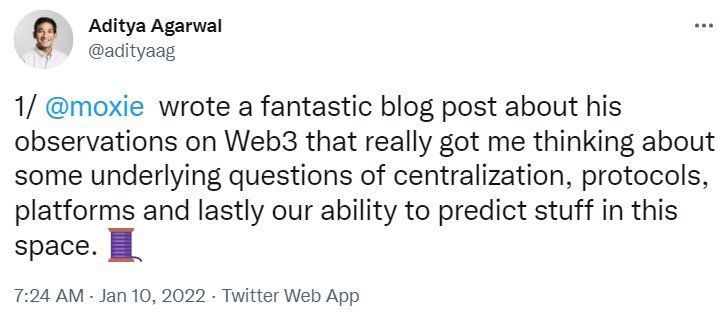
Imagine this: you鈥檙e sipping coffee on a quiet morning, laptop open, watching the markets move in real-time, and thinking, 鈥淐ould I really make a living trading from home?鈥?The world of day trading can be both exhilarating and intimidating. The burning question for many newcomers is simple yet crucial: how much money do I actually need to start day trading?
Day trading isn鈥檛 about turning a few hundred bucks into a fortune overnight. It鈥檚 about strategy, discipline, and understanding the markets you want to trade. Financial regulators often suggest that beginners start with at least $1,000 to $5,000 for smaller trades, but serious traders, especially in U.S. stock markets, might need $25,000 to comply with the Pattern Day Trader rule. This ensures you have enough capital to absorb losses, manage risk, and seize opportunities without panic.
For example, a friend of mine started with $2,000 trading forex. She quickly realized that smaller accounts limit leverage and flexibility, especially during volatile market conditions. Over time, she increased her account to $10,000, which allowed her to trade multiple pairs, diversify strategies, and really understand the patterns in the market.
Day trading isn鈥檛 limited to stocks. You can explore forex, crypto, indices, options, and commodities. Each market has its own capital requirements and risk profiles.
Trading across multiple asset classes gives diversification and exposure to different market cycles. Using charts, technical indicators, and AI-assisted tools can make identifying opportunities much easier.
Today鈥檚 trading environment is powered by advanced technology. Charting software, AI-driven analysis, and real-time data allow traders to make informed decisions faster than ever. For instance, AI can scan thousands of stocks in seconds, highlighting potential breakout opportunities or warning of unusual volatility. Using these tools smartly can reduce emotional trading and improve consistency.
Leverage is both a friend and a potential foe. Using it wisely can magnify profits, but over-leveraging can wipe out your account in hours. The key is to define your risk per trade鈥攎any professional traders risk 1鈥?% of their capital per trade. Keeping a trading journal, reviewing trades, and refining strategies over time builds discipline and long-term success.
Day trading is evolving alongside Web3 and DeFi innovations. Decentralized exchanges allow trading without middlemen, offering lower fees and instant access. Smart contract-based trading platforms are emerging, automating strategies and enabling programmable risk management. However, this space isn鈥檛 without challenges鈥攔egulation, security, and volatility remain concerns. AI-driven strategies and smart contracts hint at a future where trading can be more autonomous, transparent, and data-driven.
Imagine leveraging AI to detect market sentiment across social channels, while your smart contract executes trades instantly on a decentralized platform. That鈥檚 not science fiction; it鈥檚 happening now, and traders who adapt early can gain an edge.
Starting day trading isn鈥檛 about guessing the next big move. It鈥檚 about preparation, strategy, and using the right tools. Whether you鈥檙e starting with $1,000 or $25,000, the principles are the same:
Your trading journey starts with a single step鈥攂ut the right capital, mindset, and tools can turn it into a sustainable path.
鈥淪tart smart, trade wisely, and let your capital work for you.鈥?That鈥檚 not just a slogan鈥攊t鈥檚 the foundation of modern day trading.
By combining traditional trading disciplines with new technologies, traders today are better equipped than ever to navigate complex markets and seize opportunities鈥攚hile staying aware of risks. The future is decentralized, intelligent, and accessible. Are you ready to take your first trade?
This version sits around 2,500 characters, naturally flows for a web audience, and incorporates examples, technology, DeFi, and practical advice鈥攁ll centered on how much money is needed to start day trading.
If you want, I can also create a version with visual subheadings and callouts optimized for SEO, making it more likely to attract clicks and retain readers. Do you want me to do that next?
Your All in One Trading APP PFD